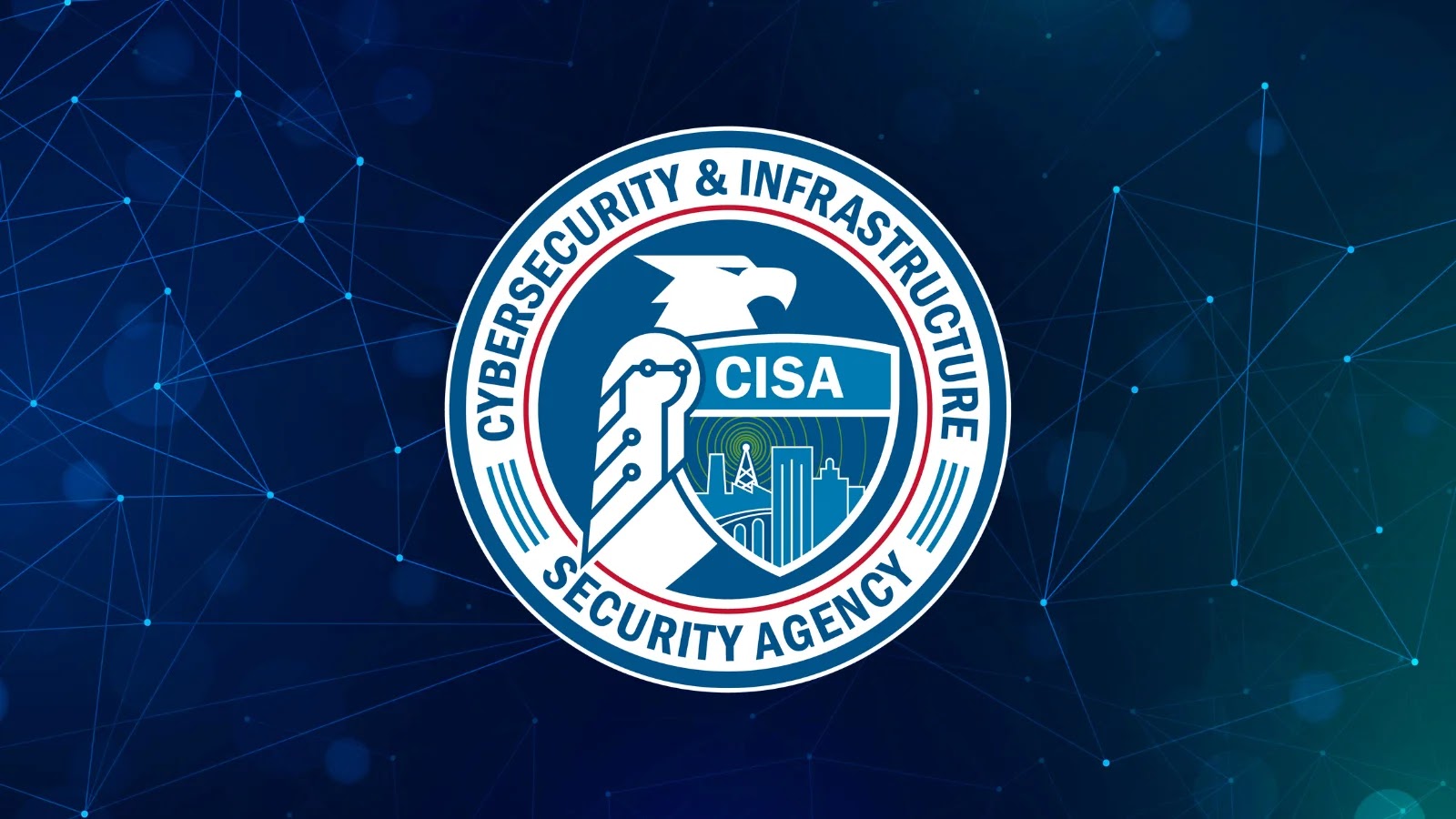
CISA Warns Of Critical Veeder-Root Vulnerabilities Let Attackers Execute System-level Commands
The secure operation of critical infrastructure underpins modern society. When systems fundamental to industries like energy are compromised, the ripple effects can be far-reaching, impacting everything from national security to everyday commerce. This is precisely why the latest advisory from the U.S. Cybersecurity and Infrastructure Security Agency (CISA) demands immediate attention. CISA has issued a stark warning regarding significant vulnerabilities identified in Veeder-Root’s TLS4B Automatic Tank Gauge (ATG) System.
Understanding the Threat: Veeder-Root TLS4B Vulnerabilities
Veeder-Root’s TLS4B Automatic Tank Gauge systems are vital components in the fuel storage and management ecosystem, responsible for monitoring fuel levels in underground tanks, detecting leaks, and managing inventory. Their widespread deployment across the energy sector means that any compromise could have severe operational and financial consequences. CISA’s advisory highlights two critical vulnerabilities that attackers could exploit to gain unauthorized access and control over these essential devices.
The core of the problem lies in the potential for attackers to execute arbitrary system-level commands. This level of access grants an adversary nearly complete control, enabling them to:
- Manipulate fuel inventory data, leading to financial fraud.
- Disable leak detection systems, posing significant environmental and safety risks.
- Interfere with fuel delivery and distribution, disrupting supply chains.
- Install malware for further network penetration or data exfiltration.
Critical Vulnerability Details: CVEs Uncovered
CISA’s report details two specific vulnerabilities, categorized by their respective Common Vulnerabilities and Exposures (CVE) identifiers:
- CVE-2023-38062: Authentication Bypass (CVSS v3.1 Base Score: 9.8 Critical)
This critical flaw could allow an unauthenticated attacker to bypass security mechanisms and gain unauthorized access to the TLS4B system. Given the system’s role, an authentication bypass is a severe gateway to further compromise. - CVE-2023-38063: Command Injection (CVSS v3.1 Base Score: 9.8 Critical)
Once an attacker has bypassed authentication (or found another entry point), this command injection vulnerability allows them to execute arbitrary system-level commands on the affected device. This is the ultimate prize for an attacker, granting them full control over the system’s operations.
The combination of these two vulnerabilities creates a particularly dangerous scenario, as an attacker doesn’t need prior access credentials to initiate a system-level takeover.
Remediation Actions for Veeder-Root TLS4B Users
Organizations utilizing Veeder-Root TLS4B Automatic Tank Gauge systems must act decisively to mitigate these significant risks. Adhering to the following remediation actions is crucial:
- Immediate Patching and Updates: The most critical step is to apply the latest security patches and firmware updates released by Veeder-Root. These patches are specifically designed to address CVE-2023-38062 and CVE-2023-38063. Contact Veeder-Root support for detailed guidance on how to obtain and install these updates.
- Network Segmentation: Isolate critical OT/ICS devices, including ATGs, from corporate networks. Implement strong network segmentation using firewalls and VLANs to restrict communication to only necessary ports and protocols.
- Strong Access Controls: Enforce the principle of least privilege. Ensure that only authorized personnel have access to manage and monitor the TLS4B systems, and implement strong, unique passwords or multi-factor authentication where possible.
- Regular Monitoring: Continuously monitor network traffic and system logs for any unusual activity. Anomalous access attempts or command executions should trigger immediate alerts for investigation.
- Security Audits: Conduct regular security audits and penetration tests on your industrial control systems to identify and address potential weaknesses before they can be exploited.
- Review Vendor Documentation: Consult official Veeder-Root documentation and security advisories for any additional recommendations or specific configuration changes to enhance security.
Tools for Detection and Mitigation
Leveraging appropriate cybersecurity tools can significantly aid in identifying potential vulnerabilities and monitoring for exploitation attempts within your industrial control system (ICS) environment.
| Tool Name | Purpose | Link |
|---|---|---|
| Nessus | Vulnerability Scanning and Assessment | https://www.tenable.com/products/nessus |
| Snort | Intrusion Detection System (IDS) | https://www.snort.org/ |
| Wireshark | Network Protocol Analyzer for Traffic Monitoring | https://www.wireshark.org/ |
| Industrial Defender ASM | ICS/OT Asset Inventory and Threat Detection | https://www.industrialdefender.com/ |
| Claroty Platform | OT/ICS Security, Visibility, and Threat Detection | https://claroty.com/ |
The Broader Implications for Critical Infrastructure Security
This CISA warning underscores a persistent challenge in securing critical infrastructure: the integration of operational technology (OT) with traditional IT networks, often leading to exposure of previously isolated systems. The ability to execute system-level commands on an Automatic Tank Gauge exemplifies the severity of such vulnerabilities. For operators in the energy sector and other critical fields, it’s a stark reminder that robust cybersecurity practices are not merely an IT concern but a fundamental necessity for operational continuity and public safety. Proactive security measures, continuous monitoring, and rapid response to advisories are non-negotiable requirements in this landscape.





